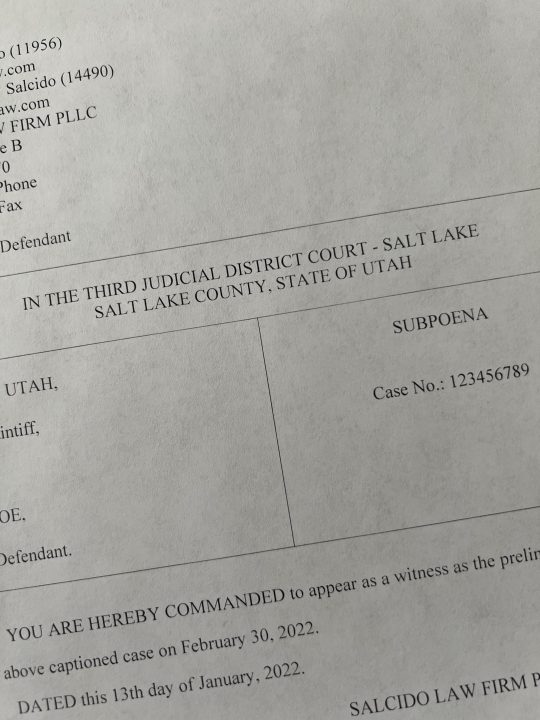The crime of sexual abuse of a child seems to indicate that the crime is sexual in nature, but when one looks at the elements of the crime that does not necessarily have to be true.
The first elements of this crime is that the defendant must have touched “the anus, buttocks, genitalia, or breast of a female child.” In the alternative, the defendant could have taken “indecent liberties” with the child or the defendant could have made the child take “indecent liberties” with him.
The next element of the crime involves the intent that the defendant had in touching the child. There are three specific types of intent that will satisfy the statute. First, the defendant could have had intent to cause the child substantial bodily pain. Second, the defendant could have had intent to cause the child substantial emotional pain. Finally, the defendant could have had the intent arouse or gratify his own sexual desires, the sexual desires of the child, or anyone else. Any one or more of the above three intents is sufficient to satisfy the statute.
Breaking down these three intents one can imagine what substantial bodily pain is. Likewise, gratifying one’s sexual desires is easily understood. The one intent that is more difficult to understand, however, is the intent to cause substantial emotional pain. The reason this is difficult is because the term is nowhere defined by statute or case law. Case law has defined the term “emotional distress” as resulting “from conduct that is outrageous and intolerable in that it offends the generally accepted standards of decency and morality.” Ellison v. Stam, 126 P.3d 1242 (Ut App. 2006). This is helpful because emotional distress and emotional pain could be found to be similar. The difference, however, is that “emotional distress” is not as serious as “substantial emotional pain,” so although the definition may give a good starting point it is not wholly applicable. Utah Code 76-5-406.5 may give some guidance in that it refers to a defendant causing “severe psychological harm” to the child. This would indicate that the child must have been diagnosed by a mental health professional. Otherwise, how could one determine that a child had suffered severe psychological harm?
Any good criminal defense lawyer is going to focus on these three factors, because intent must be proved beyond a reasonable doubt and that is very difficult for a prosecutor to do. Contact us for a free consultation if you are facing child sex abuse charges.




